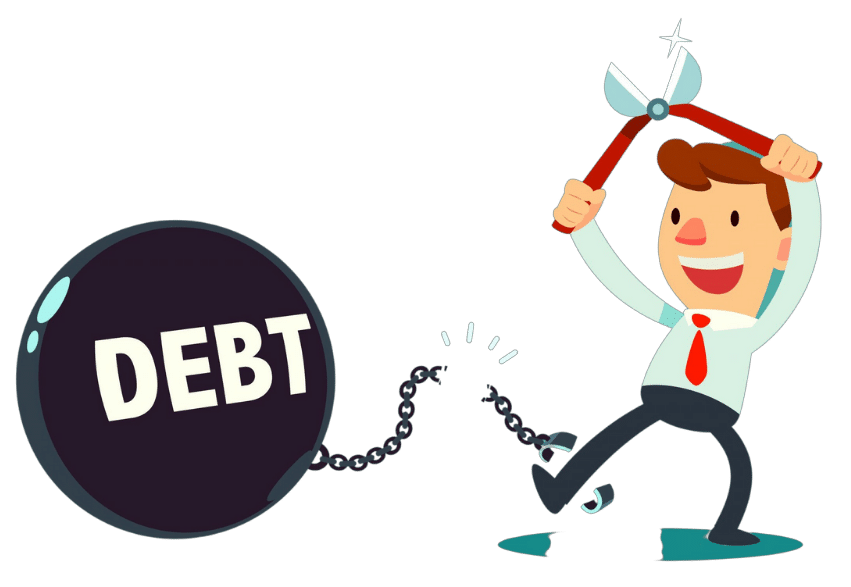Taking on debt is not an issue if you clear it off on time. But for the people, those who do not clear off debts on time may experience higher interest rates. It becomes more difficult to normal people. When you come across debts concept; including regular expenses, people have to clear debts every month without fail and it will be a beneficiary factor to them as well. Debts include borrowing of money by one party from another party. These debts may involve in all types. Like student loan, vehicle loans like car loans, debt consolidation loans, home loans etc. These debts have to be paid regularly without any delay. If delay still persists in paying debts, then you have to face debt problems alternatively.
Differences between good debts and bad debts:
These debt problems may also increase in higher ranges too when you compare it with your income ratio. So, simply calculate the budget of your income with your debt value amount. Based on that, calculate instantly by varying out good and bad debts. Good debts in the sense student loans, debt consolidation loans, mortgage loans etc. The bad debt deals with higher monthly payments that do not match your monthly income value. It is nothing but the debt overload.
Debt overload concept:
 Here if you want to calculate your debt overloading criteria, you have to add the money you spend in your regular monthly spending like a credit card on bad debts. Here divide this money by your overall income value and then multiply with the resultant value by 100. So you will get the percentage which is known as debt to income ratio.
Here if you want to calculate your debt overloading criteria, you have to add the money you spend in your regular monthly spending like a credit card on bad debts. Here divide this money by your overall income value and then multiply with the resultant value by 100. So you will get the percentage which is known as debt to income ratio.
Just make a note of one thing that either it good or bad debt; how much lower the debt is, you will benefit more compared to higher debts. For example, if you do not pay the debt, you will get let’s say a 10 percent interest rate on the previous debt, then here you experience debt overload. So, get rid of higher debts by analyzing this overloaded concept.
Secondarily concentrate on knowing completely about total debts. Analyze clearly about good and bad debts. By knowing the difference clearly, you can conclude to reduce bad debts easily.
Here notice about calculating total debt to income ratio; initially add total debt per month expenses. Here total debt includes credit card, loans (it may be any kind of loan like mortgage loans, student loans, auto loans etc.).
Conclusion:
Hence taking debts in fewer amounts is recommendable. Otherwise you may experience higher interest rates gradually. In order to enhance financial stability, maintaining low debts in amounts will ensure you that it matches your income rate ratio probably.
Finally, good debts and bad debts are clearly defined. In short, good debts are nothing but taking debts in lower ranges accordingly that suits your budget limit every month. When you come across bad debts, it exceeds your annual income easily and costs you higher interest rates as well. Stopping higher debts is possible only when you prefer good debts as the best option. Additionally, clear all your debts on every month without fail makes you financially stable too.




